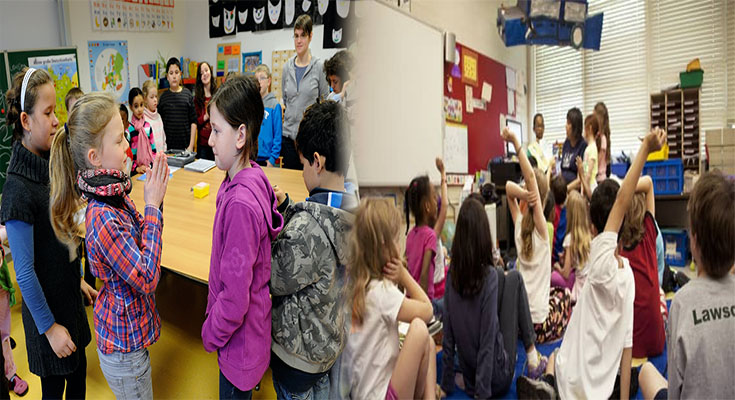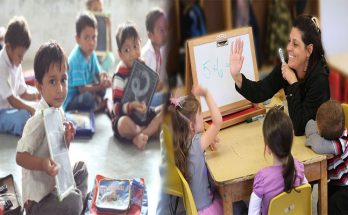The idea of inclusive education can be traced back to the 1970s, when it was first proposed as a way of educating children with special needs. Since then, countries around the world have adopted their own versions of this philosophy in order to help all students succeed. Inclusive education is not a new concept, but rather one that has been consistently improved upon over time based on feedback from teachers, parents and students. Here are some examples from four different countries:
India
The Indian government has made great strides in terms of inclusive education. According to the World Bank, India has a population of more than 1 billion people, including over 60 million people with disabilities. The government understands that it is important for these individuals to be included in society and the classroom if they are going to have any chance of living a fulfilling life.
The Indian Parliament passed the Rights of Persons with Disabilities Act (RPWD) in 2016 which required educational institutions around the country to implement policies aimed at ensuring equal access for students with disabilities. This legislation also established guidelines for teachers and administrators on how best to accommodate students with special needs within their classrooms and schools as well as other areas like dormitories or sports facilities if necessary.
Brazil
Brazil is one of the leading countries in Latin America when it comes to inclusive education. The country has an extremely strong law that mandates inclusion in schools, called the “Free Education Act.” This act also mandates that all teachers are trained to work with students with disabilities and that schools have an inclusion coordinator.
In addition to these requirements, there are several other ways Brazil has taken steps toward making sure every student has a chance to learn at his or her own pace:
- Teachers receive training on how best to work with children who have different learning styles or challenges;
- Schools provide special supports for students who need extra help; and
- Parents have access to information about how best to support their child at home
Nepal
Nepal has a high rate of disability, with 12% of its population living with some form of physical or mental impairment. The government is working to address this issue by developing a national disability policy and programs for inclusive education.
The Ministry of Education, Science & Technology has developed an inclusive education strategy that aims to increase access to quality education for all students regardless of their ability level or background. It also aims to ensure that teachers have adequate knowledge about how best to work with students who have disabilities so that they can provide appropriate support in the classroom setting (1).
In addition to these efforts from central government agencies like MSETT, local NGOs such as Disability Advocacy Nepal are actively involved in promoting awareness about inclusive education practices throughout Nepal’s regions (2).
South Korea
South Korea has a national policy of inclusive education. In this country, children with disabilities are mainstreamed into regular classrooms and given the same opportunities as their peers. Teachers receive training on how to teach students with different abilities and schools have support systems in place for them as well.
One example of this is the Daeyoung School in Seoul, which was founded by parents who wanted their child with Down syndrome to attend school with other children instead of being segregated at home or in special schools. The school now has over 160 students ages 6-12 who come from all over Korea–and even Japan!
There are many ways to include children with disabilities in the classroom.
Inclusive education is about more than just the classroom. It’s about providing a positive learning environment for all children, including those with a disability. But it can be done in many ways, and we must remember that not all students are the same. Students with disabilities need inclusion in all aspects of school life – from extracurricular activities like sports teams or drama clubs to academic subjects like history class.
Inclusive education can take on many forms depending on where you live and what resources are available to your child’s school district or individual school. One way this is done is through special education services provided by trained professionals who work closely with staff members at each level (elementary school through high school) within a public school system
Inclusive education is a global issue that affects millions of children. It’s important to understand how other countries are addressing this issue and what they have learned from their experiences. We can learn a lot from each other by sharing our knowledge, but we also need to be willing to try new things in order for them to work for everyone involved–including teachers!





